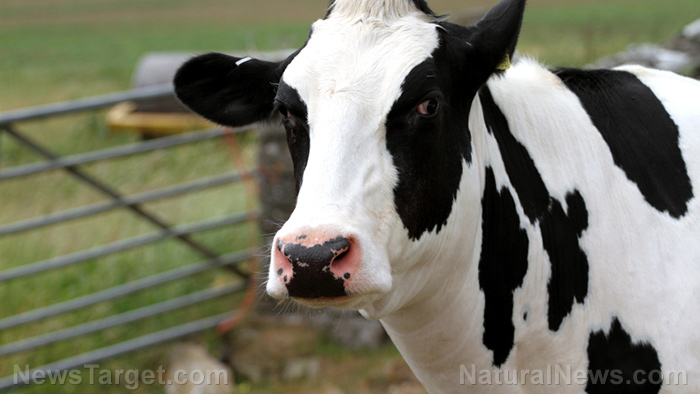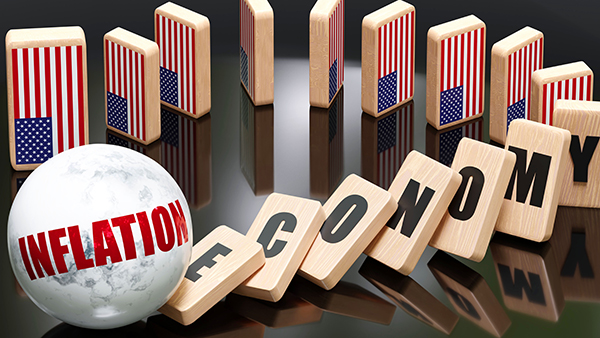 Parler
Parler Gab
Gab
Food banks already struggling with higher demand, lower donations
An October 2022 report by the British Parliament's House of Commons Library (HOCL) said the demand for food banks has reached alarming levels. In contrast, food donations have decreased due to higher cost of living and food inflation. The cost of essential commodities has been steadily rising, far outpacing wage growth. This has strained household budgets, leaving many with no choice but to seek assistance from food banks to meet their basic nutritional needs. Back in 2022, the Independent Food Aid Network (IFAN) conducted two surveys among its 550 members. The polls found that 93 percent of food banks experienced an increase in the demand for their services. Ninety-five percent of those banks said it was due to higher cost of living. Nearly 90 percent of these food banks witnessed an increase in demand between April and August 2022, while 72 percent experienced a drop in food donations and 87 percent faced supply issues since April 2022. Consequently, 19 percent of food banks were forced to reduce the size of their food parcels. Additionally, Trussel Trust observed that although the number of distributed food parcels decreased after the pandemic, it remained 50 percent higher than pre-pandemic levels. IFAN warned that if the growing demand persists, 68 percent of organizations may need help to support everyone in need or may have to further reduce the size of their food parcels. Visit FoodCollapse.com for more stories about the struggles of food banks during and after the pandemic. Watch Brannon Howse of "Worldview Report" explaining why food banks are bracing for a major spike in demand. This video is from the Worldview Report channel on Brighteon.com.More related stories:
Phoenix, America’s inflation capital, seeing record lines at food banks as desperate locals struggle to eat. More Americans rely on food banks amid record-high inflation. Americans lining up outside food banks as record inflation continues. Local food banks beset by higher demand and food shortages due to record-high INFLATION. Food banks see increasingly long lines as food inflation soars and more Americans face hunger. Sources include: ZeroHedge.com CommonsLibrary.Parliament.uk Brighteon.comAnother attack on the food supply? USDA detects “atypical” case of mad cow disease in South Carolina
By Belle Carter // Share
Corporate America experiencing BANKRUPTCY BOOM as recession looms
By Arsenio Toledo // Share
In America today, 646 hospitals risk closure due to financial troubles
By Ethan Huff // Share
Governments continue to obscure COVID-19 vaccine data amid rising concerns over excess deaths
By patricklewis // Share
Tech giant Microsoft backs EXTINCTION with its support of carbon capture programs
By ramontomeydw // Share
Germany to resume arms exports to Israel despite repeated ceasefire violations
By isabelle // Share










